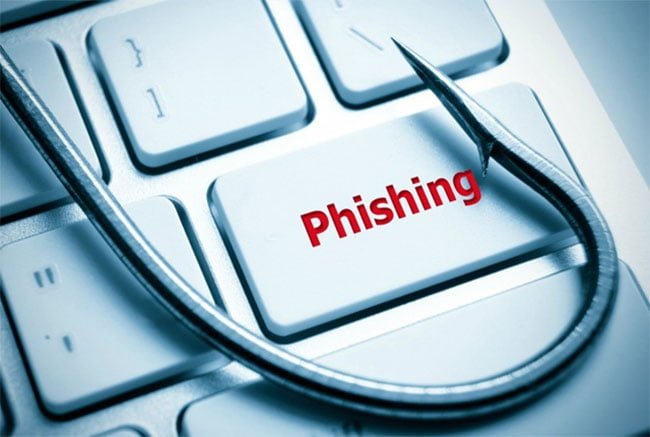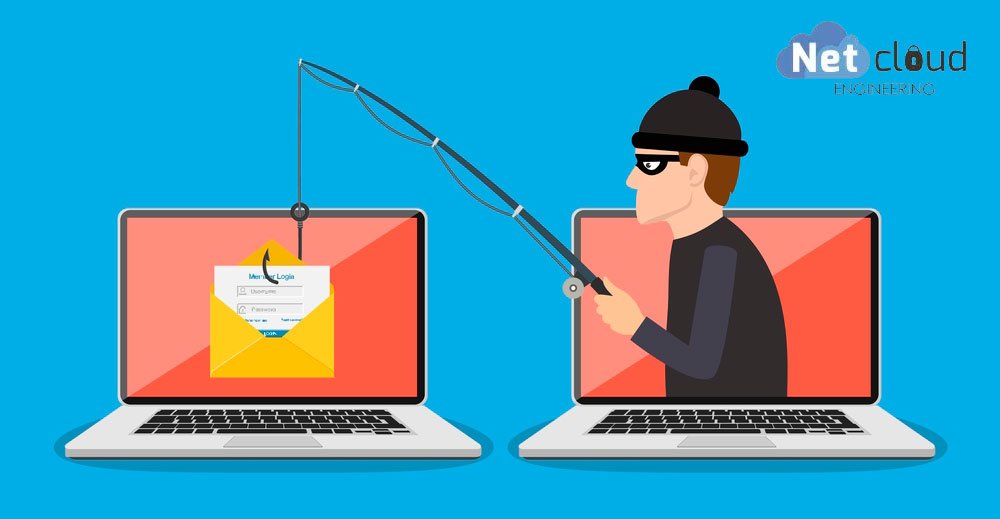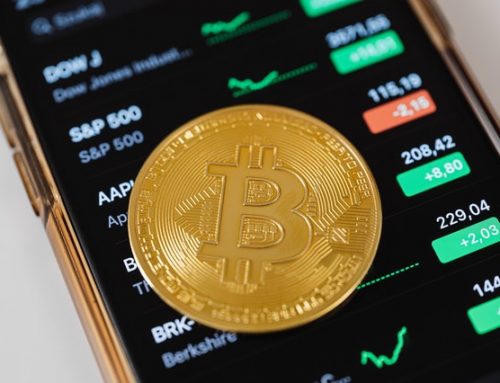If there is one thing that should be clear it is that the scammers say this to our e-mail and you know what? Usually all about scam artists. For almost always they get a way to make some people fall into their traps to steal information and take money.
In fact, today have created various strategies to defraud users through deceptive emails. The most famous examples are the e-mail phishing y el spoofing.
What do you think if we explain what is possible so that you avoid future scams thanks to good seguridad online? Let us begin!
What is phishing e-mail?
Well, phishing It is a type of special spam that is created with the aim to trick you provide personal information about a bank account or e-commerce store to which you subscribe, and so on.
Of course, the real intention of these emails is to get this data to steal your identity and access any of your accounts.
In simpler words; This is a fake email that appears to have been sent by a prestigious company. For example, the message may include the logo of a bank or a government department.

An ingenious plan!
The strange thing is that besides looking like a legitimate message, do not request your data in a straightforward manner. What they do ?, usually ask you to click a link to "update" your account. It really is a very clever strategy to steal your credentials, and ask you to enter names, date and place of birth, social security number, bank account number and PIN.
So you are aware of these messages, the websites that are most counterfeited by phishers are Amazon, eBay, PayPal and other online payment processors. That's why it's so important to differentiate for have your own cybersecurity.
What is email spoofing?
On the other hand, Spoofing Counterfeiting is a header of any email with a return address that looks real, but it is not.
This is one of the methods used by spammers and also uses phishing techniques to believe that mail is genuine.
En el Spoofing, Messages have something in common; all seem to have been sent from a reliable and real source. So this strategy is nothing but deception fake an email address to steal user information.

Deceit, deception and deceit!
Same as him phishingIn these emails ask you for confidential information like your full name, ID number and password of your bank account. Yes, impersonating the company or financial institution.
Of course, the intention is to get users to respond to this request, so they seek to trick the recipient by inserting headers commands.
This strategy cybercriminals It is more common than you think, so that nothing in the world Suministres your personal data that you request from an email you receive in your email account.
It could be a false message that appears legitimate. In these cases it is best that you contact the company or bank to confirm whether the request is real. But if you want to feel safer, the best thing you can do is hire a company cybersecurity.









